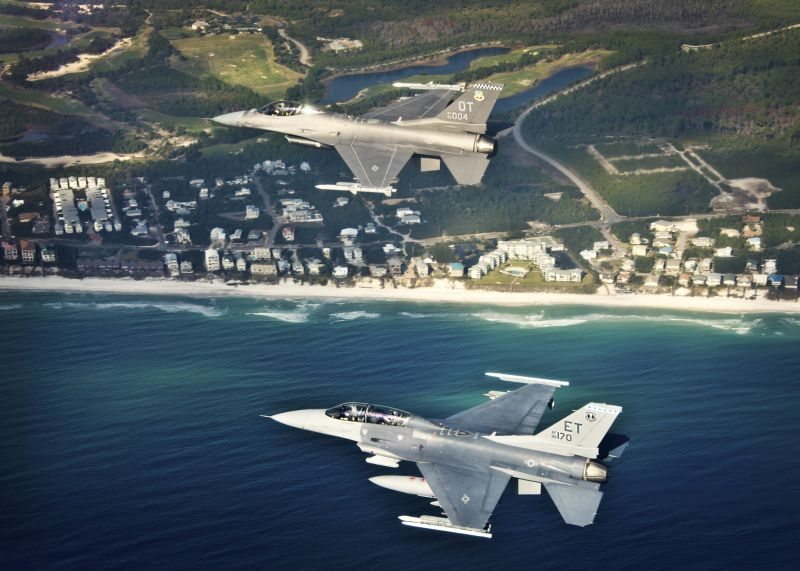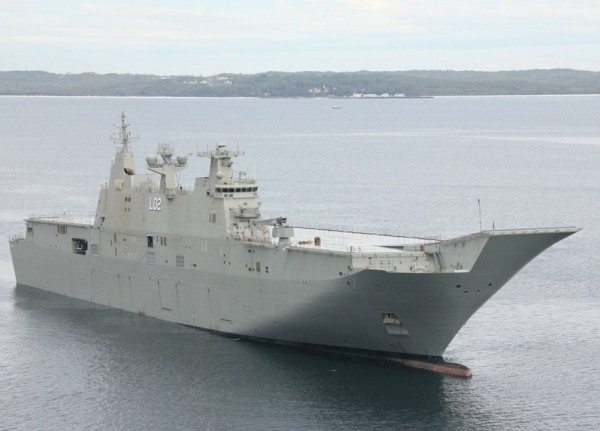U.S. Air Force officials recently removed 82 two-seat F-16D Fighting Falcons from flight status due to the discovery of canopy sill longeron cracks found between the front and rear pilot seats.
The cracks were discovered following an immediate action time compliance technical order, or TCTO, to inspect all F-16D due to initial structural cracks discovered during post-mission flight inspections.
Following the TCTO, individual F-16 units conducted inspections on the Air Force’s 157 F-16Ds to ensure the structural integrity of the aircraft and pilot safety. As of Aug. 18, all aircraft have been inspected. Eighty-two were found to have cracks; the remaining 75 aircraft have been returned to flight status. The other F-16 variants were not affected.
The Air Force F-16 Systems Program Office and Lockheed Martin engineers are analyzing the F-16 structure and developing repair procedures to allow aircraft with cracks to resume operations for a limited number of flight hours while analysis continues on a permanent fix.
“As aircraft accumulate flight hours, cracks develop due to fatigue from sustained operations,” said Lt. Col. Steve Grotjohn, the deputy chief of the Weapon System Division. “Fortunately, we have a robust maintenance, inspection and structural integrity program to discover and repair deficiencies as they occur.”
The Air Force is working with its F-16D operational units to mitigate the impact on operations, training and readiness. Programmed flying training and F-16 pilot graduation impacts will depend on the number and timing of aircraft returned to service. Subject matter experts are considering multiple courses of action to mitigate these delays.
The F-16D fleet, the two-seat variant of the F-16 primarily used for training, is on average 24 years old with more than 5,500 hours of flight time. There are a total of 969 F-16s of all variants in the Air Force.











